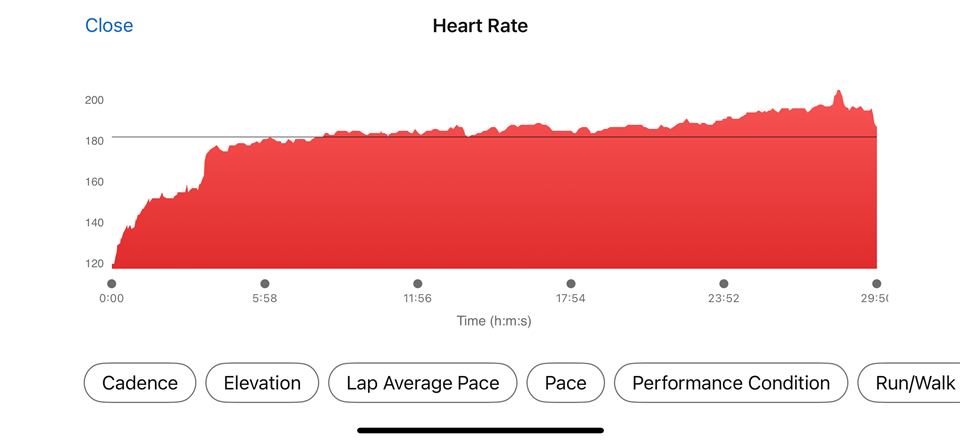I completed a 5km run today (not that fast but fast for me - hence the HR) - My watch has recorded and stored a new max HR (197) which I believe to be relatively accurate. However, my watch also recorded a high of 205 in the same run. I’ve attached the graph and it was a bit of a random spike - my question is why it chose 197 over 205…. Is it essentially writing it off because it was such a short spike?
Very annoyed a decided not to wear a CHRM but hey ho!



